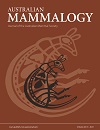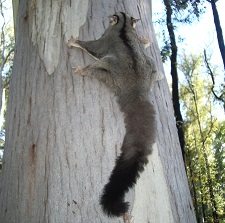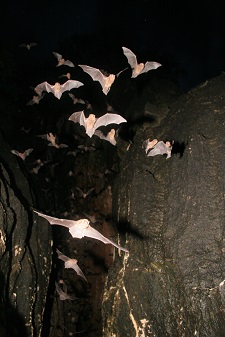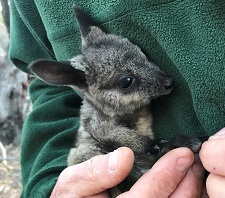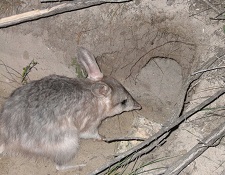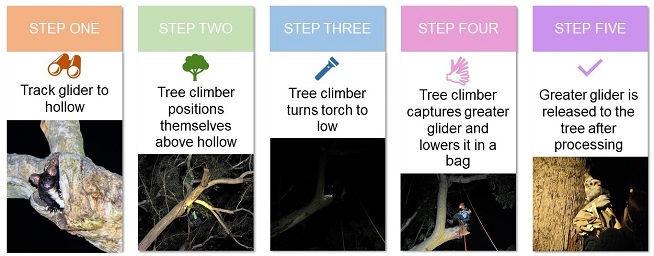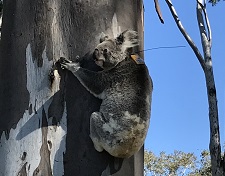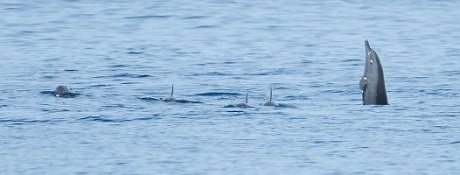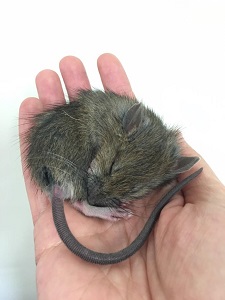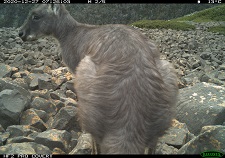AM21002A brief history of the northern quoll (Dasyurus hallucatus): a systematic review
 , Judy A. Dunlop, Chris J. Jolly, Ella Kelly, John C. Z. Woinarski, Euan G. Ritchie, Scott Burnett, Stephen van Leeuwen, Leonie E. Valentine, Mitchell A. Cowan and Dale G. Nimmo
, Judy A. Dunlop, Chris J. Jolly, Ella Kelly, John C. Z. Woinarski, Euan G. Ritchie, Scott Burnett, Stephen van Leeuwen, Leonie E. Valentine, Mitchell A. Cowan and Dale G. Nimmo
In response to Australia’s current extinction crisis, substantial research efforts have been targeted towards some of the most imperilled species. One such species is the northern quoll (Dasyurus hallucatus); a marsupial predator that has recently suffered substantial declines in range and is now listed as Endangered. We conducted a systematic review of all literature relevant to the conservation and ecology of northern quolls.
AM21002 Abstract | AM21002 Full Text | AM21002PDF (1.4 MB) | AM21002Supplementary Material (298 KB) Open Access Article


